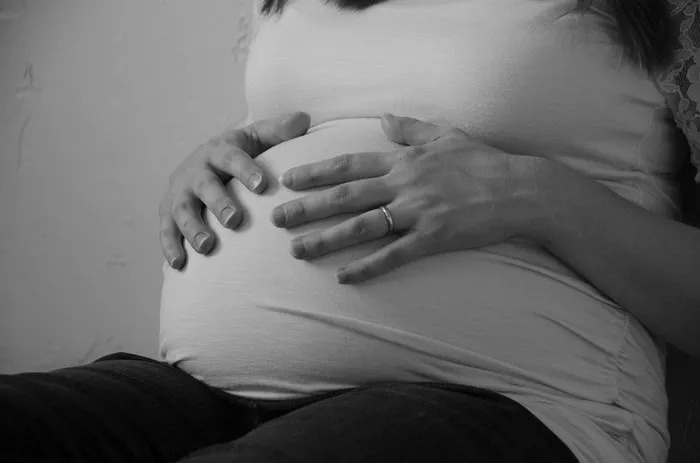Jeju Island, renowned for its picturesque white sand beaches and lush, grassy hills, is grappling with a pressing demographic crisis as young residents increasingly choose to leave. In a bid to reverse this trend and promote family growth, the island’s administration has unveiled a new initiative offering subsidized rental apartments to newlyweds at an astonishingly low rate of 25,000 won (approximately $27.68) per month.
This housing scheme is part of a broader population policy aimed at tackling critical issues such as high living costs, work-life balance challenges, and exorbitant childcare expenses—factors that dissuade young couples from starting families. While the administration hopes that affordable housing will attract and retain young residents, skepticism remains about whether this financial incentive alone can solve South Korea’s deeper demographic issues.
During a recent visit to Seoul, Hyein Ellen Cho, a lecturer in Korean studies at Monash University, observed the bustling activity at one of the country’s largest fertility clinics, filled with couples seeking reproductive assistance. South Korea has been facing the world’s lowest birth rate, currently at an alarming 0.72, a record it has held since 2013. In response, the government has allocated approximately $280 billion over the past 18 years to address this demographic “national emergency,” as labeled by President Yoon Suk Yeol.
Dr. Cho argues that while media coverage often emphasizes reasons behind women’s hesitance to have children, those who wish to conceive often find themselves lacking adequate support. The country prohibits sperm donation, and while some assistance is available for single women interested in egg freezing, these eggs cannot be accessed until marriage, creating additional barriers.
The low birth rate can be attributed to a multitude of factors, including a high cost of living, a competitive job market, and societal issues like entrenched gender inequality. These challenges are precisely what Jeju’s administration aims to tackle.
Choi Myeong-dong, the director of Jeju Island’s planning and coordination office, expressed hope that such policy reforms would not only prevent population decline but also attract newcomers to the island. “We expect this initiative to foster both population retention and growth, contributing to sustainable development and enhancing Jeju’s long-term competitiveness,” Mr. Choi stated.
For many aspiring mothers like Kyungmin Kim, a 35-year-old PhD student, the barriers to parenthood extend beyond financial concerns. “While money isn’t my main obstacle, the societal environment here makes it challenging to raise children,” Ms. Kim remarked. Recent research by the Korea Institute of Child Care and Education identified the perception that South Korea is an unsuitable environment for children as one of the top reasons couples hesitate to expand their families.
The rise of so-called “child-free zones,” which include various cafes and restaurants, highlights the growing disconnect between parents and the broader societal context, often leading to criticism from families seeking more inclusive spaces.
Ms. Kim further noted that societal attitudes often lead to a blame game against women for their personal choices. Unmarried women face accusations of selfishness for not having children, while married mothers are disparagingly labeled “mom-chung,” a derogatory term implying that they rely on their spouses and are viewed negatively in public.
She emphasized the interconnected nature of societal issues, citing negative perceptions surrounding children, inadequate family support, insufficient public childcare, and the intense educational competition as significant challenges. “To truly encourage childbearing, the government must enhance support for women throughout pregnancy, childbirth, and caregiving, through adequate paid parental leave and affordable childcare services,” Ms. Kim asserted.
Despite recent government efforts—such as newborn cash support in cities, subsidized egg freezing programs, and a foreign caregiver initiative to bring nannies from the Philippines—many experts remain unconvinced about the efficacy of these measures in reversing declining fertility rates. Dr. Cho highlighted that the birth rate has further decreased this year, indicating that more comprehensive solutions are necessary.
Global fertility trends paint a worrying picture, with projections suggesting that by 2050, three-quarters of countries may fall below the replacement rate of 2.1. As Associate Professor Mark Green from the University of Melbourne explains, shifts in social attitudes, prioritization of careers, and environmental factors have contributed to declining birth rates worldwide.
“Historically, families in the 1960s and 70s averaged around 4.5 births per woman, but that number has since halved,” Dr. Green observed. The introduction of industrial chemicals has also been linked to rising reproductive disorders, compounding the issue further.
In conclusion, while Jeju Island’s new policies represent a commendable initial step, experts like Dr. Cho argue that the fundamental challenges of gender inequality and inadequate support systems for women must be addressed for these initiatives to truly effect change. “It’s essential not only to implement policies but to ensure their practical effectiveness and sustainability,” she concluded.
Related topics:



























